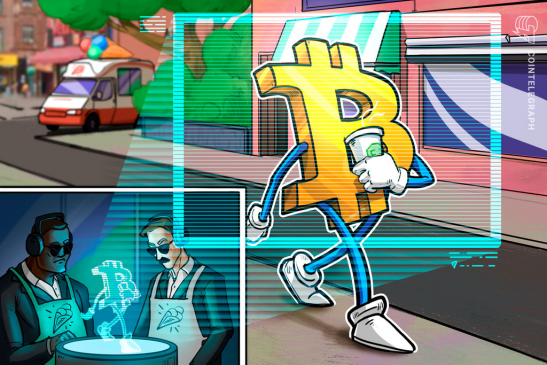3.
To begin with, it’s important to ensure that you’re paying sufficient fees.
Over the years, the number of transactions being executed over the Bitcoin network has continued to increase apace. This has meant that miners end up prioritizing transactions with higher fees, including these in their blocks first.
When a crypto transaction is sent with a lower fee, it can take hours, days and potentially weeks for it to be confirmed. Such long delays normally indicate that the transaction is continually being outbid, and miners have little incentive to get it cleared. As a result, it ends up languishing in a mempool, waiting longingly for a block to come along.
Crypto wallets — and some exchanges — have started to help users achieve the best chance of their transaction being verified the first time around. Some monitor network activity and enforce dynamic fees, meaning the charges attached to each transaction fluctuate based on how busy miners are. If you are in a rush, it is also possible to manually add a higher fee to boost your chances of a speedy execution. Conversely, if you’re not a rush, you can save money on fees and accept it might take a little longer for your funds to reach the recipient.




